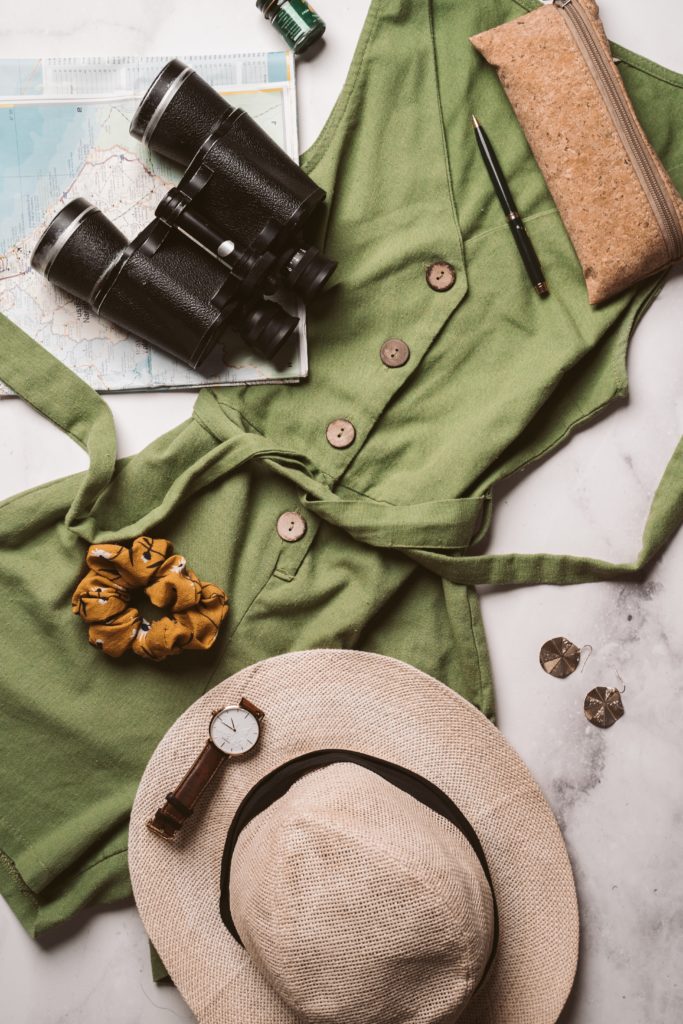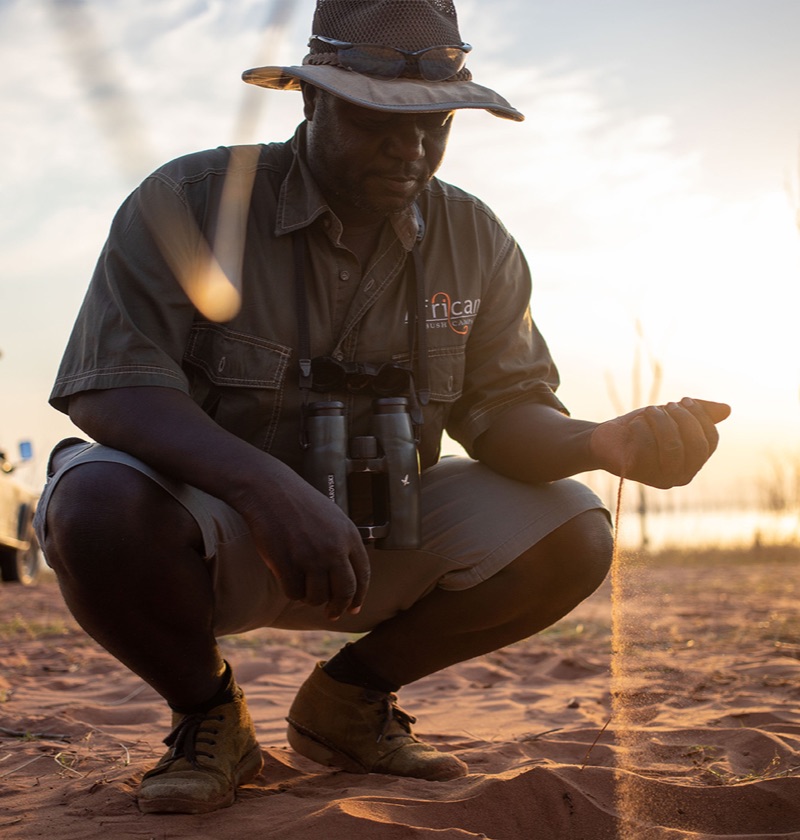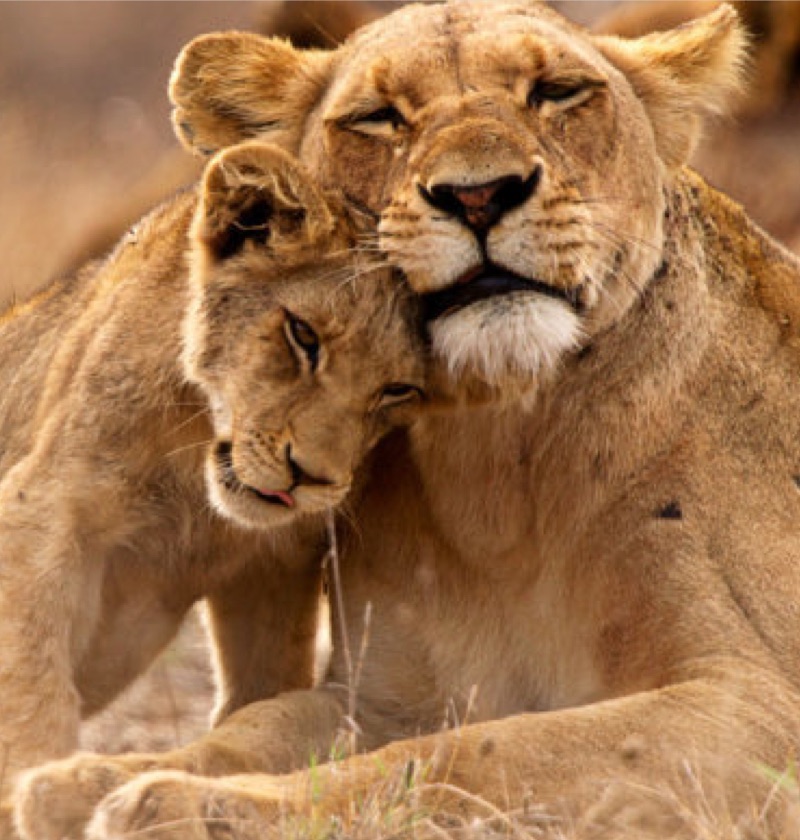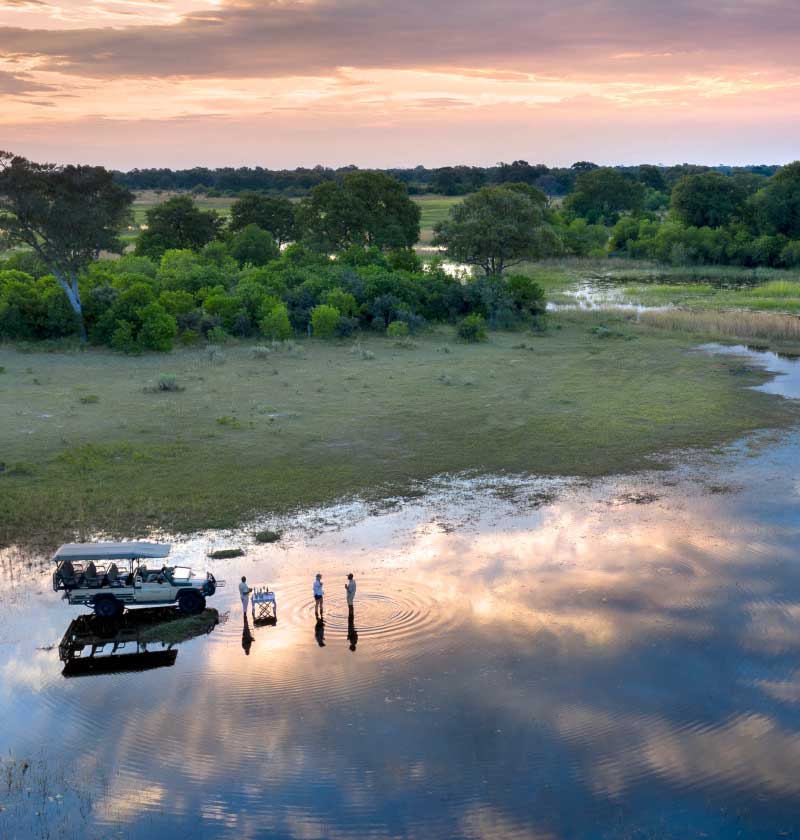While our agents are equipped to prepare you adequately for your African safari, we thought we would put together a packing list for you to use as a reference while you’re preparing to come to Africa.
Documents You Must Pack
Losing documents is a very common occurrence, especially while travelling. As a result, packing the necessary documents safely should be your first priority before packing the rest of your luggage.
- A passport that has all of the necessary visas for every nation that your safari will visit or pass through.
- A small amount of cash, bank cards, and/or travelers’ checks are recommended. These days, you can also utilize e-wallet apps to avoid lugging around multiple credit cards and cash.
- Air tickets and travel vouchers for any pre-arranged organized safaris that have been purchased.
- Where necessary, vaccination certificates (yellow fever, mumps, etc.) will be provided. Some immunizations must be administered many weeks in advance (see Vaccinations needed for your African Safari).
- Medical treatment may include malaria prevention medications (see Malaria Made Simple) as well as any personal medications (also take your prescription in case of an emergency-your medication gets lost, wet, eaten by a baboon etc).
- The specifics of your travel insurance policy Your policy number, as well as the contact information for claims and emergencies, will be provided.
- Prepare a copy of all of your important documents, including your airline tickets, travel insurance policy, immunization records, and records of prescriptions and prescriptions.
Clothing

Wearing neutral colors such as light browns, greens, tans, and khaki is ideal for safari. These colors do not attract attention and blend in perfectly with the African bush. Wearing bright colors makes you more visible to wildlife, which you want to avoid on safari. Especially when you’re on a walking safari.
Some other tips to consider:
- Dress in a relaxed manner. It is important that you are comfortable with your safari experience. Pack light clothing. Wearing cotton is great for safari.
- Make sure you’re protected at night. Pack a few long-sleeved shirts (depending on the duration of your trip) and slacks to keep warm on your night-time game drives.
- On game drives, you’ll need a jacket and scarf with you because temperatures drop quickly once the sun goes down in the evening.
- Pack a swimsuit and some casual clothing for around camp.
- It is not necessary to bring heavy hiking boots with you on this trip. Walking in hiking boots would not only be uncomfortable in the heat, but they are also cumbersome to transport. Any pair of robust closed-toe shoes will suffice in this situation.
- Make use of the laundry service. Our camps provide laundry services, although they do not wash undergarments. Clothing that is simple to clean is recommended.
- Pack a hat. You will need protection from the sun. It can get extremely hot in Africa. You need a hat that is durable.
- Note: It is illegal to wear Camouflage in Zimbabwe, so stick to your one-toned khaki clothing













